
AeroGenie: il tuo copilota intelligente.
Tendenze
Categories
Boeing and Pratt & Whitney Request Extended Deadline for 777 Certification

Boeing and Pratt & Whitney Request Extended Deadline for 777 Certification
Regulatory Challenges Amid Safety Concerns
Boeing and Pratt & Whitney (P&W) have formally requested an extension of the Federal Aviation Administration’s (FAA) deadline, along with regulatory exemptions, to complete the certification process for Boeing 777 aircraft powered by PW4000-112 engines. This move comes as both companies undertake complex design modifications aimed at addressing a series of in-flight fan-blade failures that have raised significant safety concerns. These engines power a substantial portion of the 777 fleet, making the certification process critical for continued operations.
The FAA currently mandates that all required modifications to PW4000-powered 777s be implemented by March 4, 2028. However, Boeing and P&W face considerable challenges in meeting this deadline due to the intricate nature of the hardware updates and the stringent regulatory requirements involved. These factors may also have implications for production schedules and associated costs. Notably, 777 aircraft equipped with GE Aerospace’s GE90 or Rolls-Royce Trent engines are not subject to similar regulatory demands, potentially placing Boeing and P&W at a competitive disadvantage as scrutiny from aviation authorities and airlines intensifies.
Background of Engine Failures and Safety Directives
The impetus for these design changes stems from several high-profile incidents involving the PW4000-112 engines. A particularly serious event occurred in February 2021, when a United Airlines 777-200 experienced a fan-blade failure shortly after takeoff from Denver. The failure caused extensive engine and structural damage, including an engine fire. The National Transportation Safety Board (NTSB) attributed the incident to metal fatigue and the subsequent release of hot gases. Similar failures were reported in 2018 on another United 777-200 and in December 2020 on a Japan Airlines 777-200. These incidents prompted the grounding of PW4000-powered 777s in the United States, the United Kingdom, and Japan, and led the FAA to issue airworthiness directives requiring repetitive inspections, testing, inlet modifications, and the installation of debris shields.
Collaborative Efforts and Regulatory Requests
In response to these safety concerns, Pratt & Whitney and Boeing are working collaboratively on design improvements. On August 25, P&W submitted a request for a regulatory exemption from a specific blade-out testing requirement. The company argued that granting this exemption would facilitate the introduction of critical safety enhancements while allowing continued operation of the affected 777s for a major domestic carrier. Although P&W did not explicitly name the airline, United Airlines is the sole U.S. operator of PW4000-powered 777s, with a fleet of 52 aircraft according to Cirium data. United Airlines declined to comment on the matter.
In its filing, P&W, a subsidiary of RTX, stated, “Adverse integrated engine/airframe field event outcomes following fan-blade fractures in the airfoil portion are driving type design changes to the PW4000-112.” The company emphasized that the proposed exemption would enable these improvements without compromising safety standards.
Boeing is concurrently implementing its own modifications to the 777’s engine structures. The manufacturer informed FlightGlobal that it is finalizing “complex hardware updates that will further improve the engine design to mitigate the impact of a fan-blade failure.” Boeing added that it continues to work closely with customers and Pratt & Whitney, under FAA oversight, to ensure the safe operation of 777-200 and 777-300 models powered by PW4000 engines.
Industry Implications
As Boeing and Pratt & Whitney seek regulatory relief and an extended timeline, the aviation industry is closely monitoring the potential impact on certification processes, operational safety, and the competitive dynamics within the widebody aircraft and engine markets. The outcome of these efforts will be pivotal in shaping the future of PW4000-powered 777 operations worldwide.

BOC Aviation Completes Sale-Leaseback Deal with Philippine Airlines
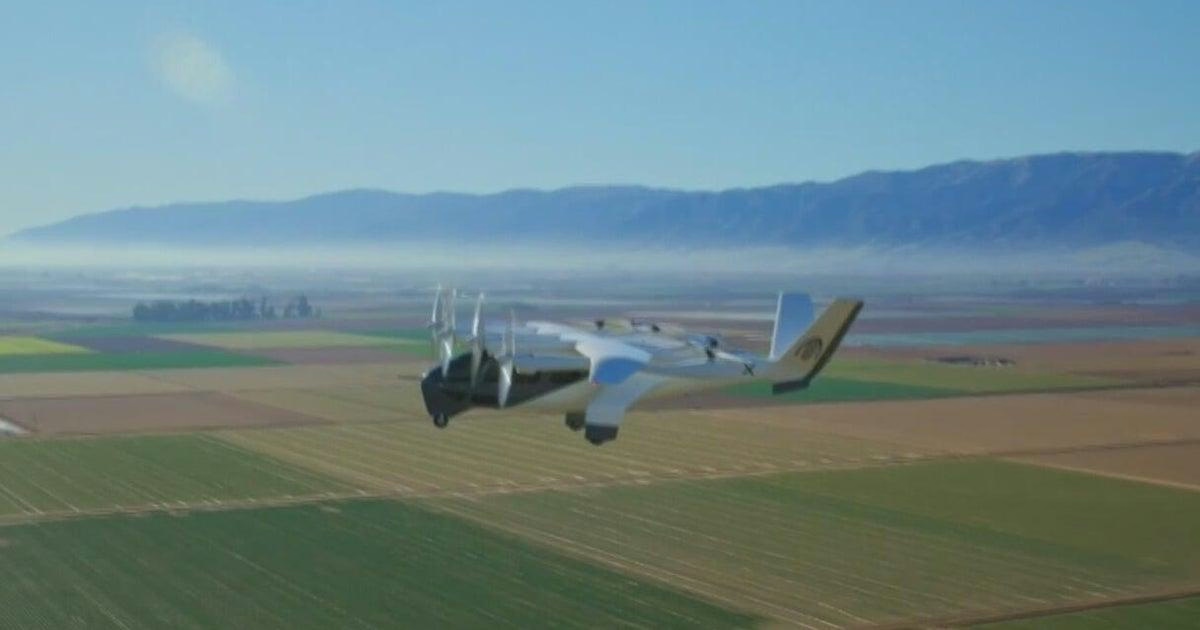
Air taxis promise relief from Miami’s worsening traffic
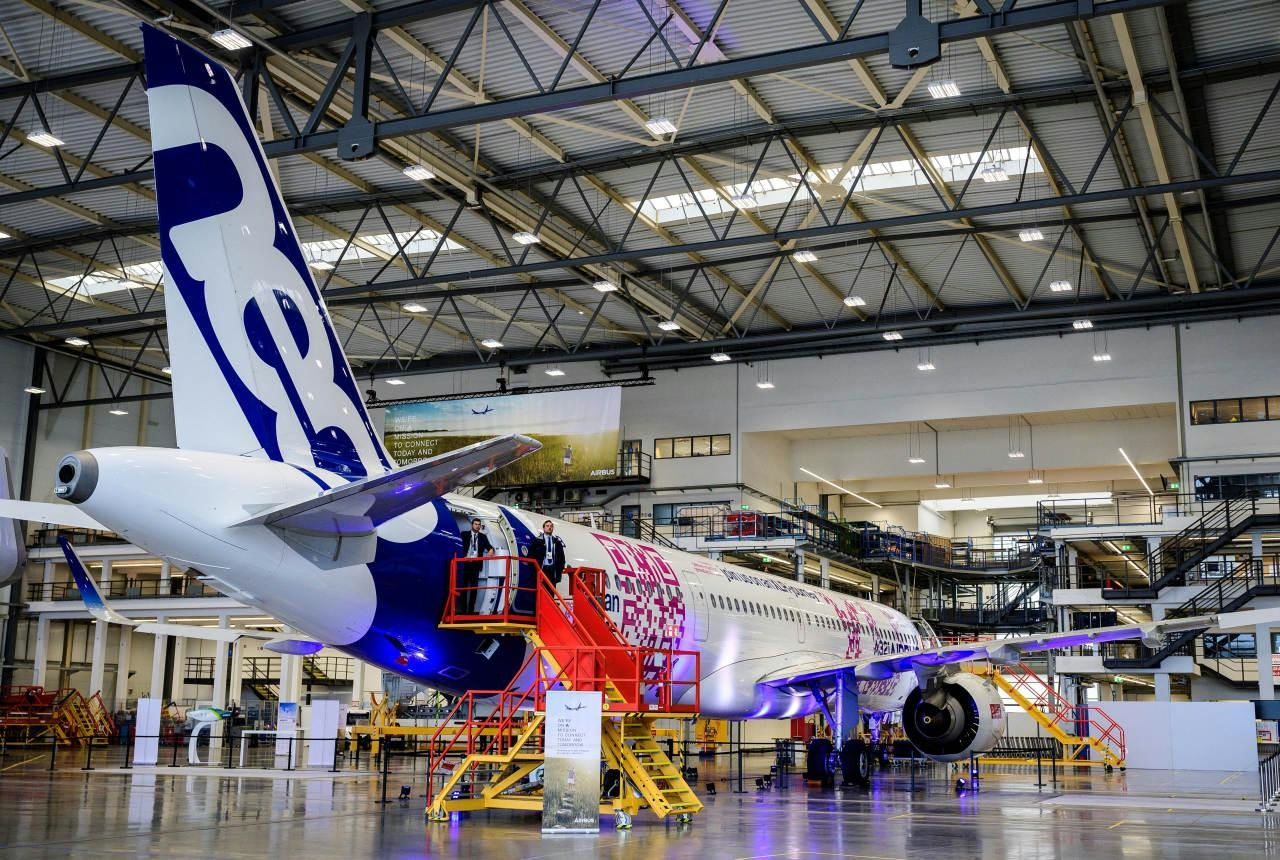
Philippine Airlines Orders Five Airbus A320s in $490 Million Deal
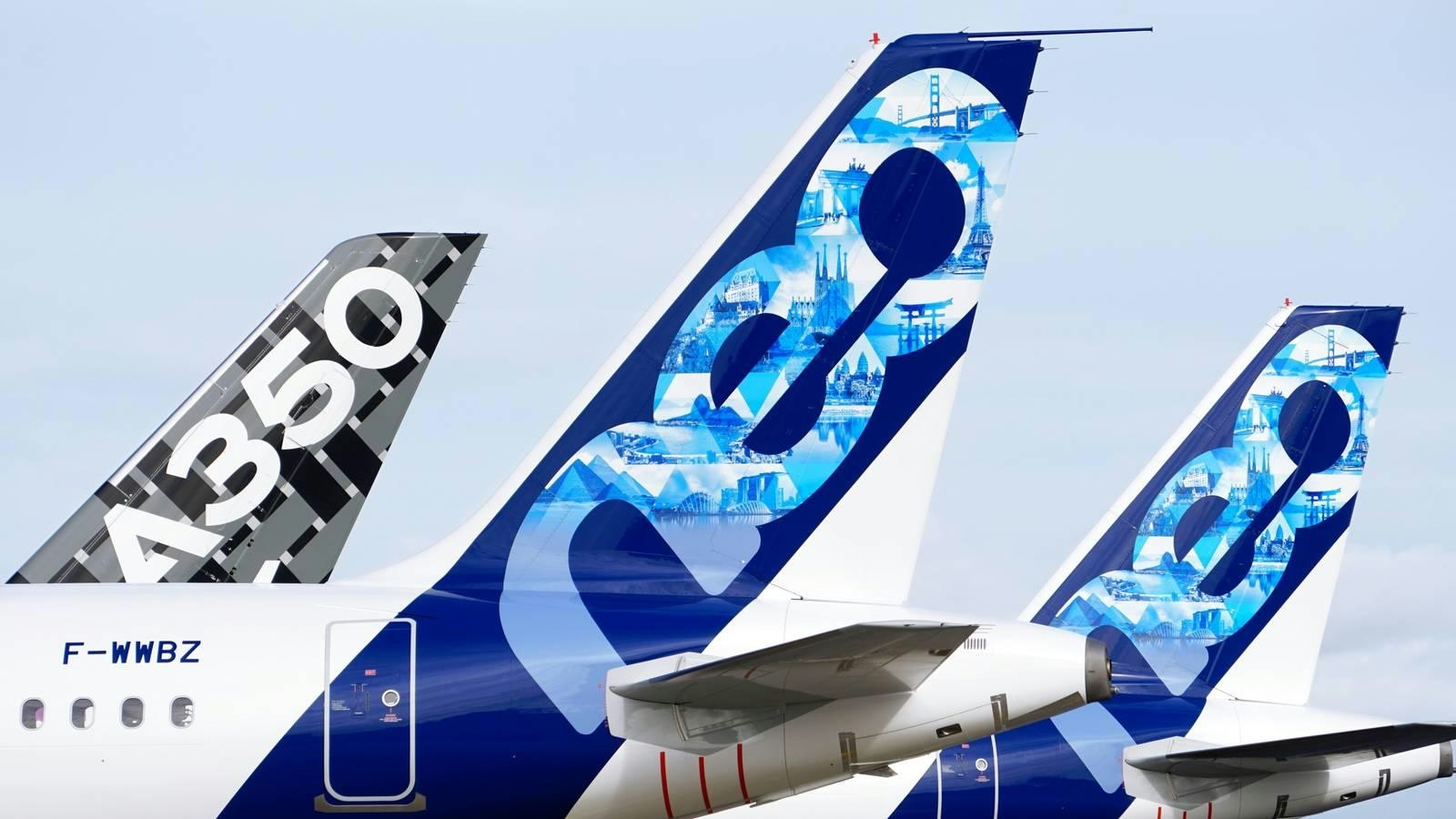
Airbus Lowers Annual Delivery Forecast
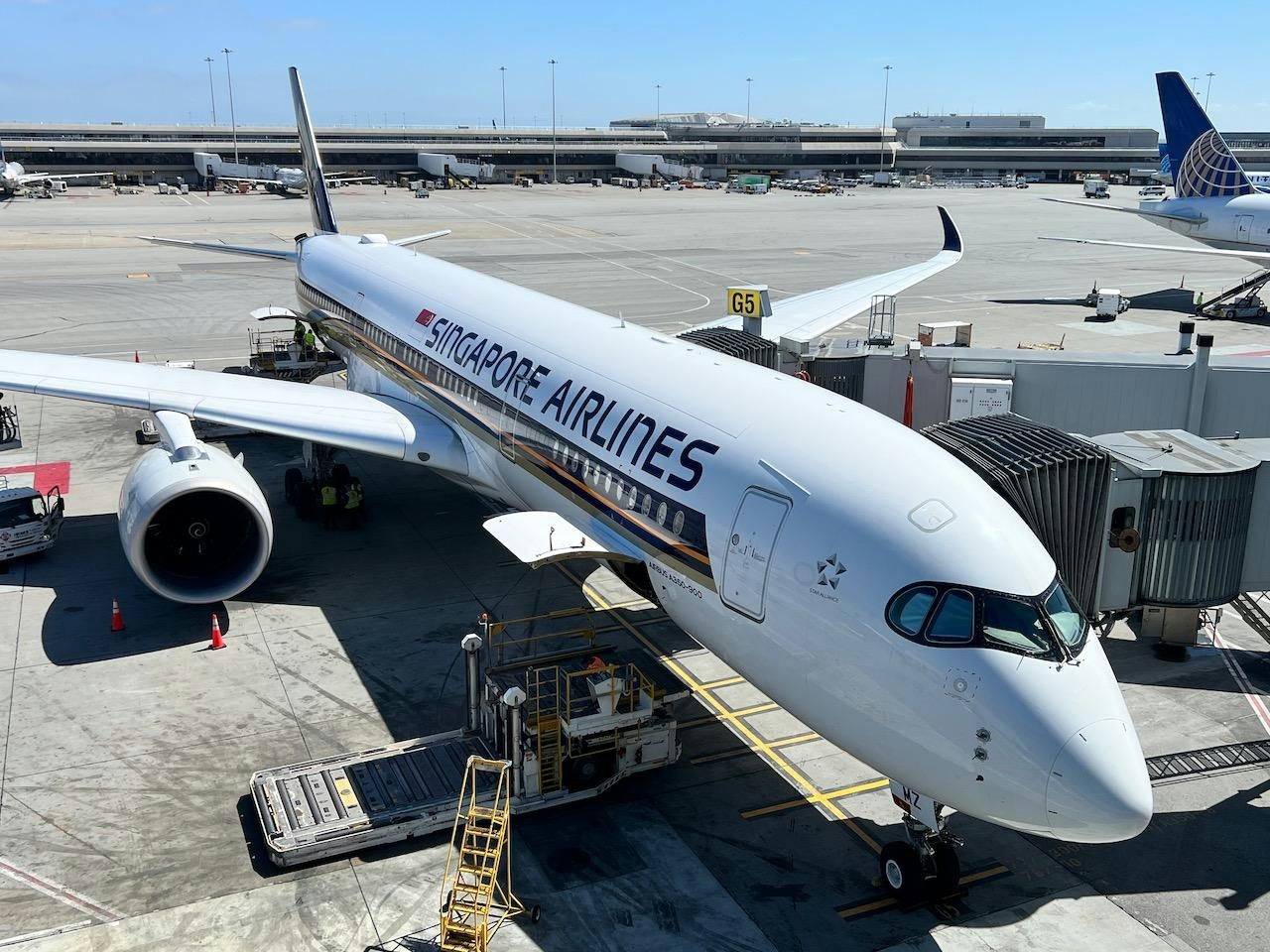
Base Maintenance Malaysia Conducts First Heavy Check on Singapore Airlines Airbus A350
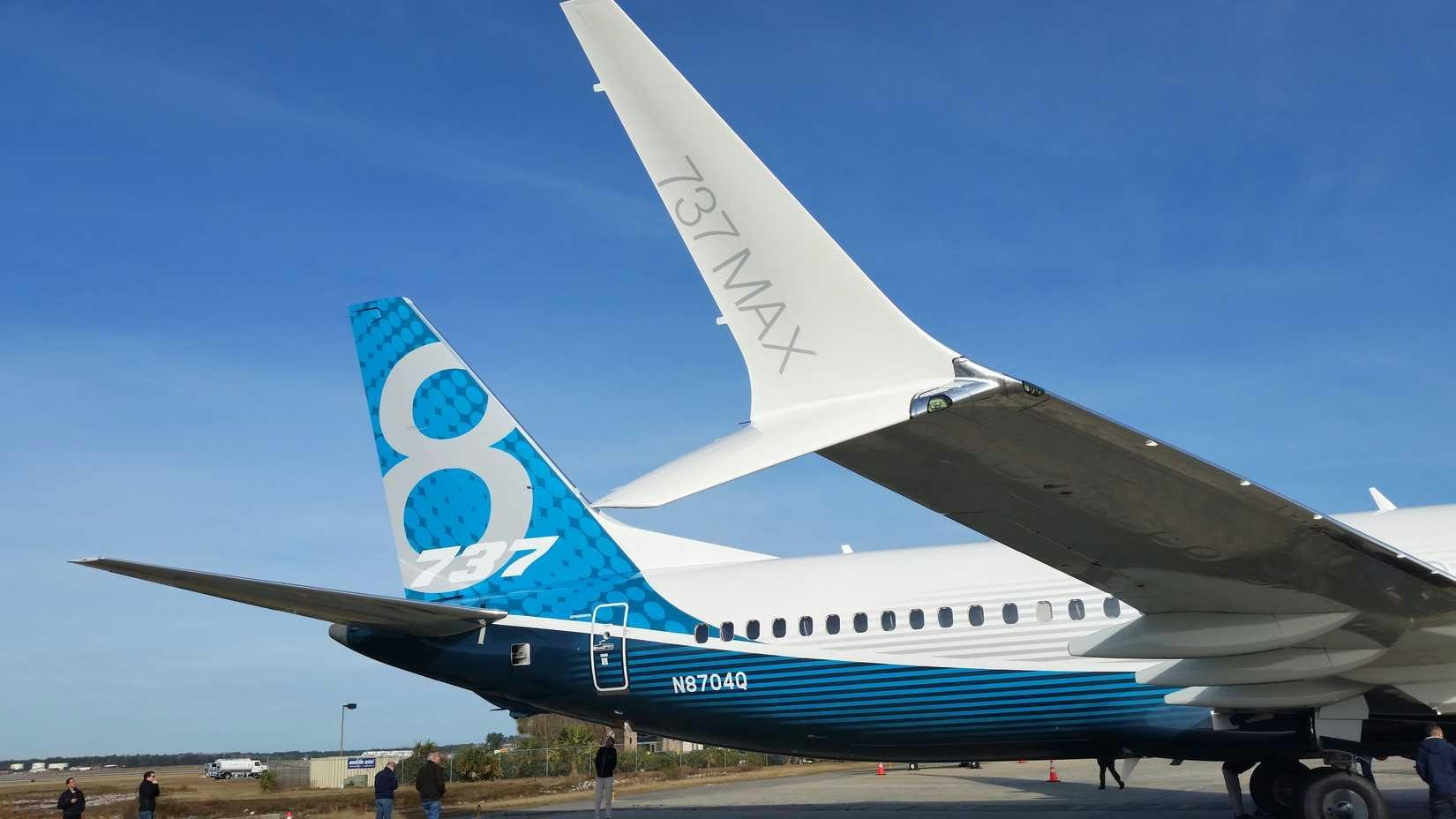
DAE to Lease Ten Boeing 737 MAX 8 Aircraft to AJet Through Turkish Airlines
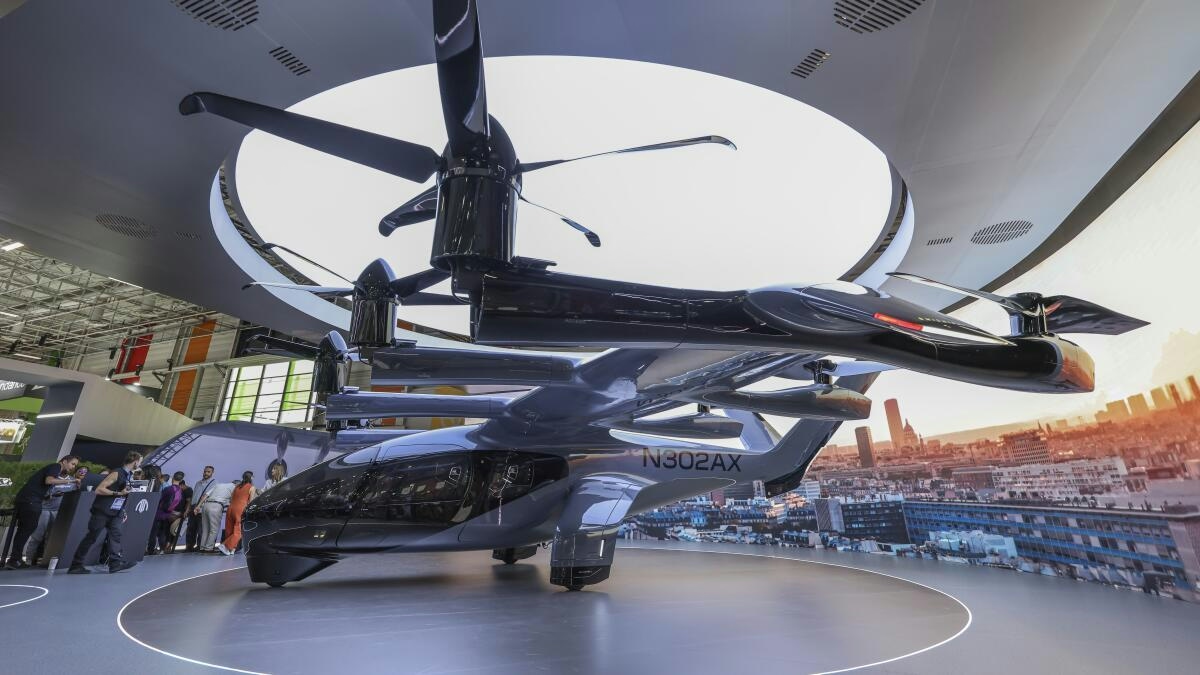
What to know about Midnight, an all-electric air taxi that could change the way we move across South Florida
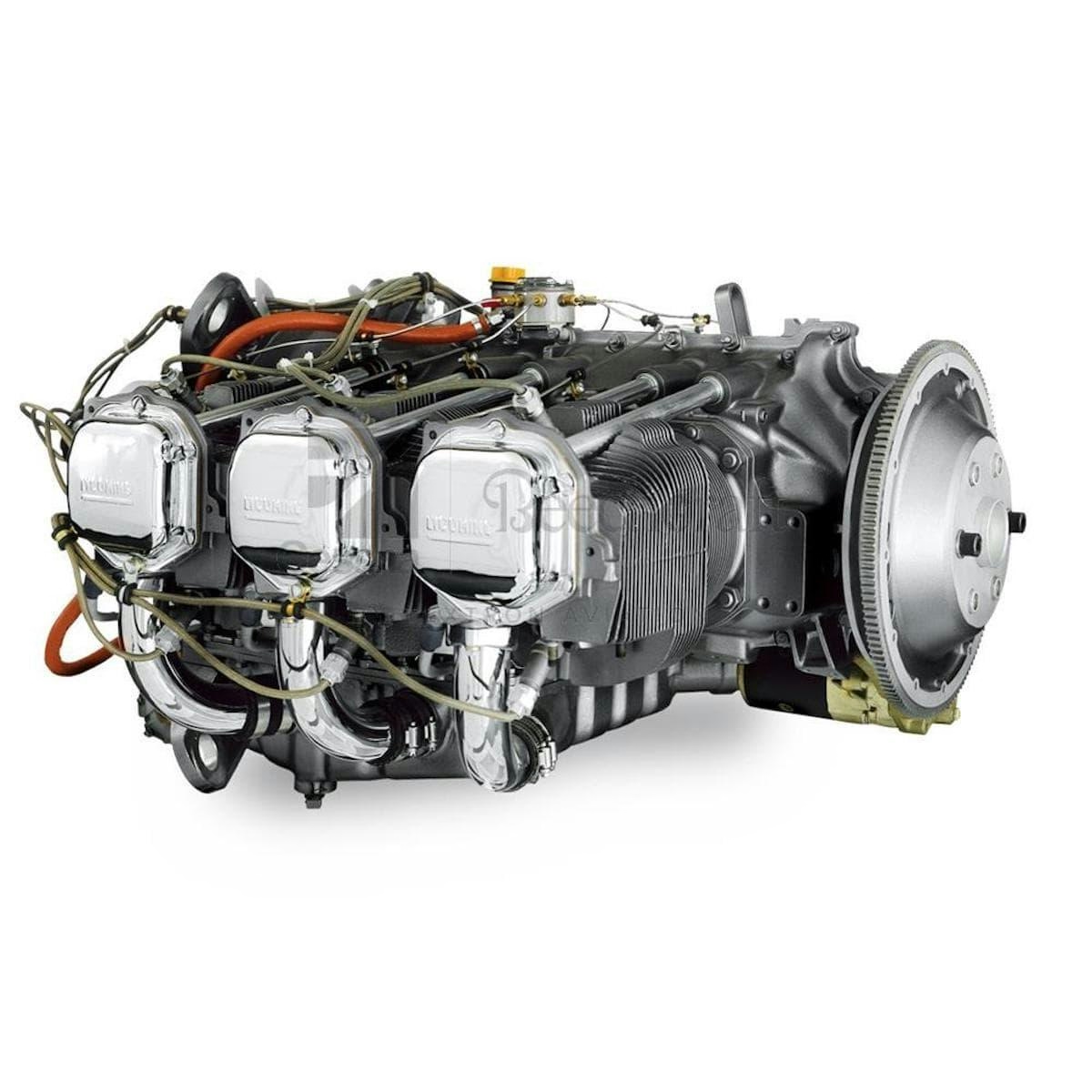
Ask Paul: Consequences of Skipping Due Diligence

Reliable Robotics CEO Robert Rose Testifies Before Congress on U.S. Leadership in Autonomous Aviation
